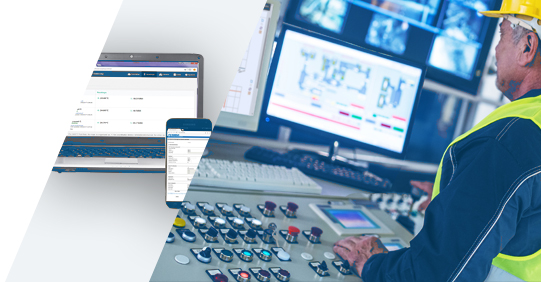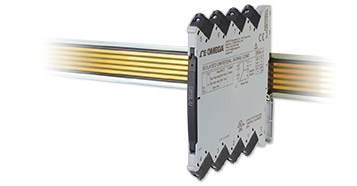元々このアイディアは、RS232接続をBluetoothワイヤレス接続に変更することがきっかけでした。 エリクソン、ノキア、インテル、IBM、そして東芝は、技術促進するために、Bluetoothスペシャル・インタレスト・グループを形成しました。
Bluetooth uses radio waves to transmit data over short distances, up to 328 feet or 100 meters, although most devices have a more limited range closer to 30 feet due to interference. Bluetooth technology transmits in the 2.4 to 2.485 GHz range. It is a spread spectrum, frequency hopping full-duplex signal.
Bluetooth wireless requires a chip to transmit the radio signal and software to enable connections. It has a uniform standard for connection that has contributed to the proliferation of Bluetooth, and as a result, it is in a vast array of devices, from mobile phones to cars to medical devices and fitness monitors. Bluetooth is widely expected to play a key role in the evolving Internet of Things (IoT)
Bluetoothの長所
- 低消費電力
- 安価でデバイスに搭載できる
- 音声とデータ通信が同時に行える
- 低遅延










 プリディクティブ・メンテナンス(予兆保全)による、設備機器のROIを最大限にする方法の検討してください。
プリディクティブ・メンテナンス(予兆保全)による、設備機器のROIを最大限にする方法の検討してください。
 ケーススタディ:OPC UA/DAプロトコル搭載のオメガエンタープライズゲートウェイ(OEG)ソフトウェアが、製造プロセスを効果的に監視し、シームレスな統合を提供した方法をご紹介
ケーススタディ:OPC UA/DAプロトコル搭載のオメガエンタープライズゲートウェイ(OEG)ソフトウェアが、製造プロセスを効果的に監視し、シームレスな統合を提供した方法をご紹介
 オートメーション業界では、工場フロアで幅広いコントロールキャビネットを使用しています。監視および制御されているプロセスパラメータには、PLCアナログ入力チャネルに接続する前に信号変換や絶縁が必要です。
オートメーション業界では、工場フロアで幅広いコントロールキャビネットを使用しています。監視および制御されているプロセスパラメータには、PLCアナログ入力チャネルに接続する前に信号変換や絶縁が必要です。